 How to give a second life to old items? We do the restoration of furniture with their own hands
How to give a second life to old items? We do the restoration of furniture with their own hands
Closers for kitchen cabinets
Closers for kitchen cabinets are a specific mechanism that is placed on the doors of the cabinets with the aim of their smooth, silent closing. So it is possible to avoid chipping on the case, cracks on the glass and other defects of kitchen utensils. They contribute to the extension of the life of the furniture, contribute to its comfortable use.
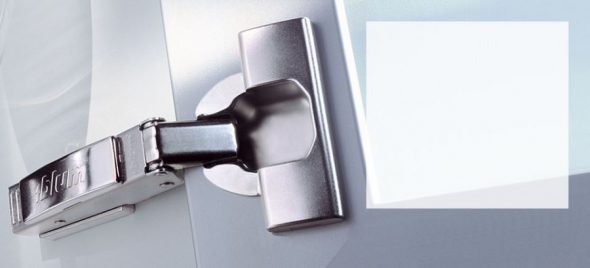
Contribute to the extension of the life of the furniture, contribute to its comfortable use.
Most of the kitchen cabinets are equipped with an automatic closers system, but if they are not there, then this is easy to fix by assembling the structure on your own.
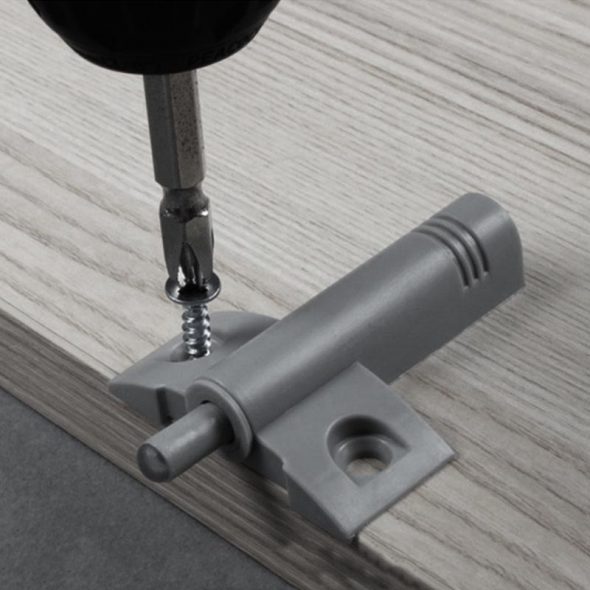
Pay special attention to the assembly and care of closers for kitchen cabinets.
The operation of this mechanism is as follows: inside the metal capsule, filled with oil or silicone filler, a spring is firmly fixed. When the door closes under its own weight, there is pressure on the closer of the door closer. Its internal fluid flows into the back of the capsule, which is kept by the gland system. It is possible to adjust the stroke of the piston of the closer due to a special adjustment link, the properties of which reduce and expand the outflow channel. The slower the rate of movement of the piston, the slower the door closes.
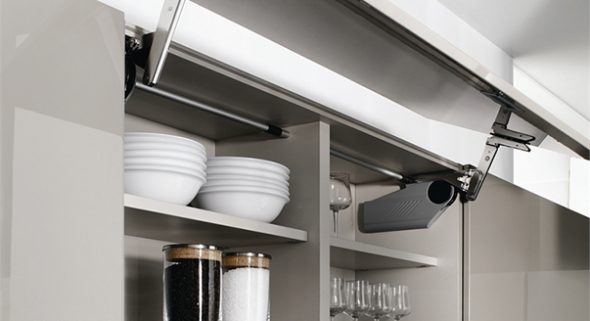
When the door closes under its own weight, there is pressure on the closer of the door closer.

Regardless of all its advantages, the work will be of poor quality if the mechanism is installed incorrectly.
No need to fear that if the mechanism fails, the oil will leak out and damage the furniture. The system is designed so that even with a major breakdown it will remain in place.
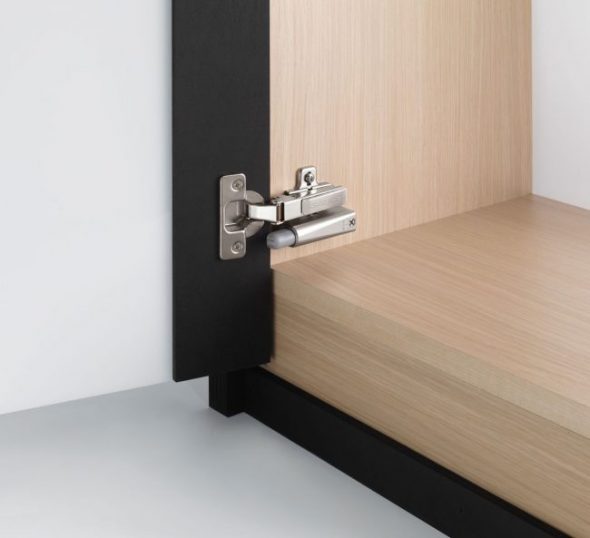
The slower the rate of movement of the piston, the slower the door closes.
Content
Types of closers
- Cabinet - fixed on the cabinet furniture. One of the most budget options.
- Self-tapping screws are screwed onto self-tapping screws.
- Loop - fastened in special loops or on euro screws. Such an installation is considered the most reliable, but it does not function in sliding structures.
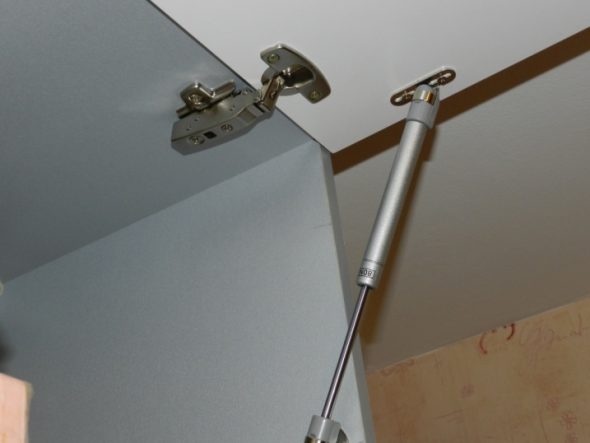
If the hardware starts to creak, you need to tighten all the screws on the hinges.
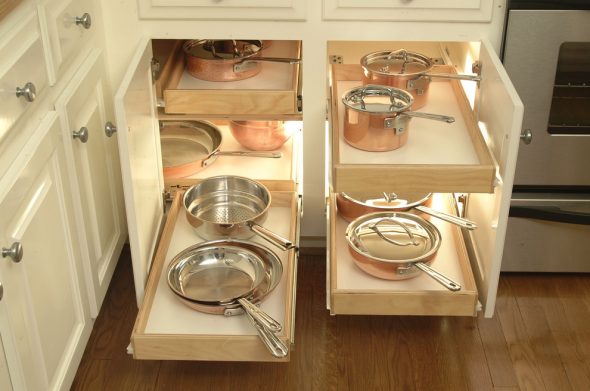
The mechanism will be true for a long time and bring you comfort if it is made of quality material and will receive proper care.
According to the principles of work are:
- Oil - guarantee a smooth, full closure, often used in modern kitchen sets.
- Gas - end slip in the middle of the closure. Differ in the low price.
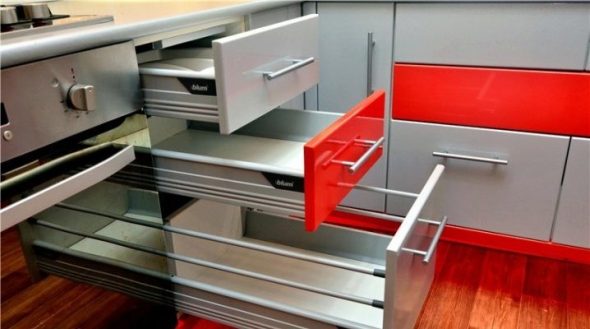
The loops are periodically lubricated, all mechanisms are cleaned of contamination with soft napkins and soap and water.
The above designs are acceptable for swing kitchen cabinets, for sliding-out install a system of guides with a special spring. Such closers are also divided into oil and gas.
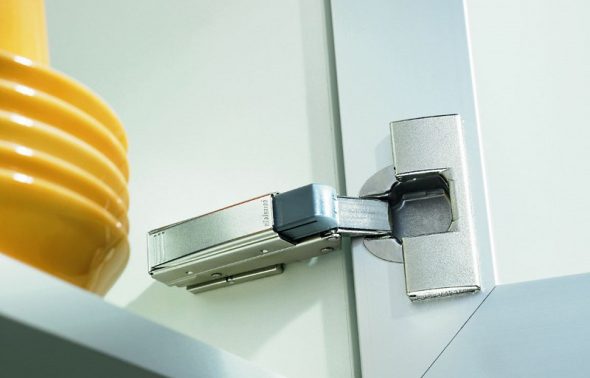
The system is designed so that even with a major breakdown it will remain in place.
Closers for kitchen cabinets for the kitchen must be chosen on the basis of where they will be fastened and what kind of load they will be subjected to.
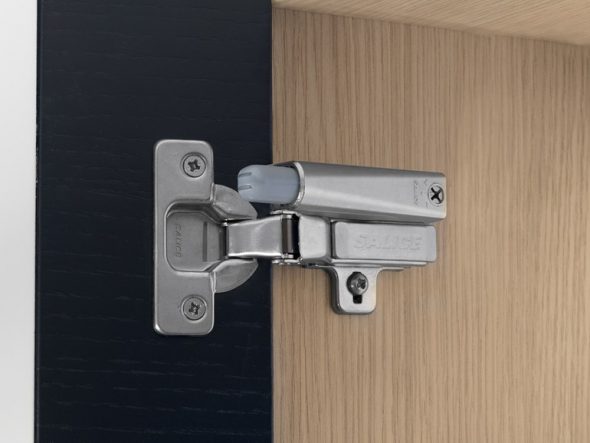
Cabinet - fixed on the cabinet furniture. One of the most budget options.
Main types of accessories
- Oil closers - produced in a set with hinges for swing doors, or only with a key, there is an opportunity to fix in any part of the body. Closers are made with a bend, with a straight shoulder or for angular and inclined loops.
- Standard four hinged with integrated door closer. They are used for doors with an opening angle of ninety-five to one hundred and seventy degrees.
- Mechanisms for boxes with a load of up to 25 kilograms without height restrictions. The full accessories creating full or partial pull-out of the drawers, their soft closing. Maintains a load of up to thirty kilograms.
- German door closers for swing doors with patch, floor patch, inserts hinges. The opening angle is about two hundred and seventy degrees.
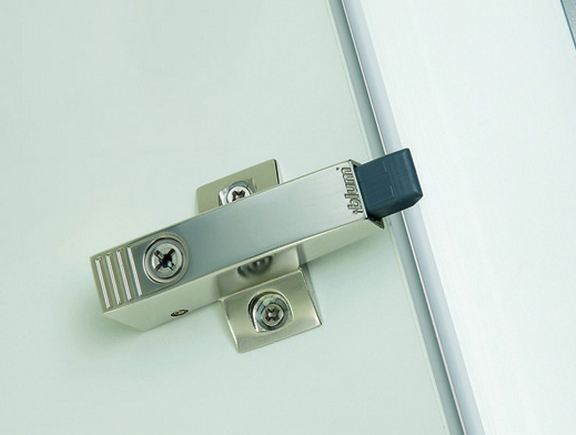
Closers for kitchen cabinets are a specific mechanism that is placed on the doors of the cabinets with the aim of their smooth, silent closing.
The advantages of the mechanism
- Smooth closing of the door prevents breakage.
- The door will not open by itself, tight to the closet.
- In the event of a malfunction, the oil or liquid is kept in a capsule without harming the furniture.
- Able to withstand quite strong loads.
- A wide range of selection of mechanisms and price, suitable for any budget.
- Long service life.
- Easy to install.

Most of the kitchen cabinets are equipped with an automatic closers system, but if they are not there, then this is easy to fix by assembling the structure on your own.
disadvantages
- Follow the installation instructions strictly.
- Not enough aesthetic appearance.
- Oil closers are more difficult to operate at low temperatures due to oil viscosity.
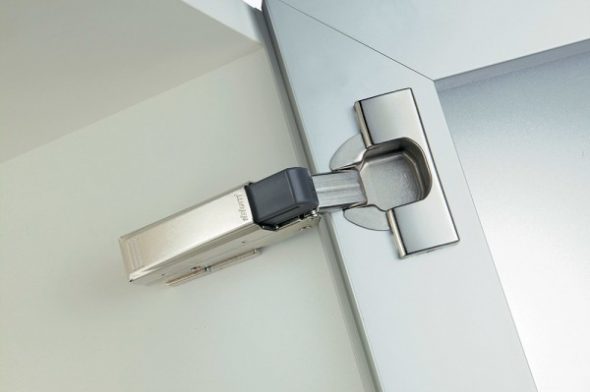
Closers for kitchen cabinets for the kitchen must be chosen on the basis of where they will be fastened and what kind of load they will be subjected to.
Installation of closers at home
Installation of closers for kitchen cabinets depends on the design of fittings. Mortise type requires drilling holes corresponding to the sleeve in the cabinet body. Then the capsule is inserted into the nest. It is much easier to install a mechanism that is mounted on screws to the inner wall of the cabinet or one of the shelves.

Although the mechanism of the closer is arranged without any special difficulties, in the event of a malfunction it is easier to replace it with a new one, or call the master.
Fastening hardware on sliding kitchen drawers is more difficult, since they have a different design. Such systems are larger than usual. Before installing it is worth checking that there is a free space under the slats of two millimeters.
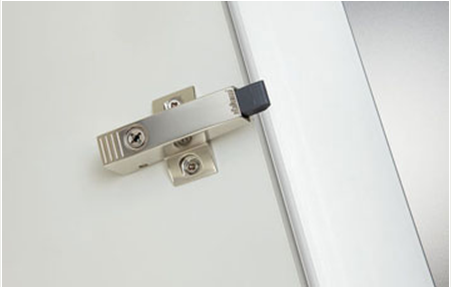
The opening angle is about two hundred and seventy degrees.
The sequence of works is as follows:
- pull the box out of the locker, if the restoration of the cabinet itself, it is better to remove it;
- dismantle old items;
- in their place attach fittings with a door closer;
- check that the bars on each side are symmetrical;
- tigger attach to the bottom of the box.
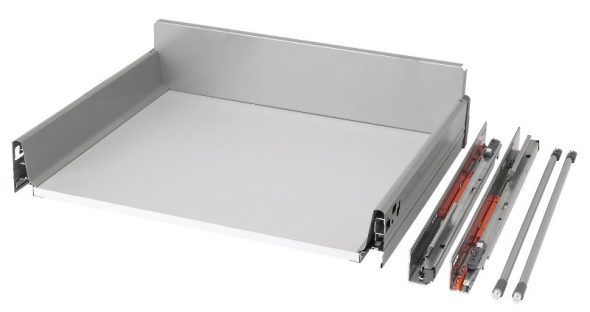
Do not loosen the adjusting screws to the end.
If the box is narrow (width up to ninety centimeters) one-sided installation is possible. Large boxes must be mounted on wide paired guides.
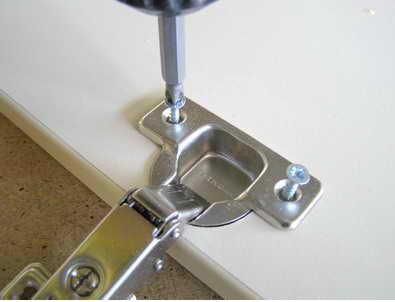
The full accessories creating full or partial pull-out of the drawers, their soft closing.
Upon completion of installation, the door closer needs adjustment. Pay attention to the speed of sliding, closing, tightness of the door or drawer.
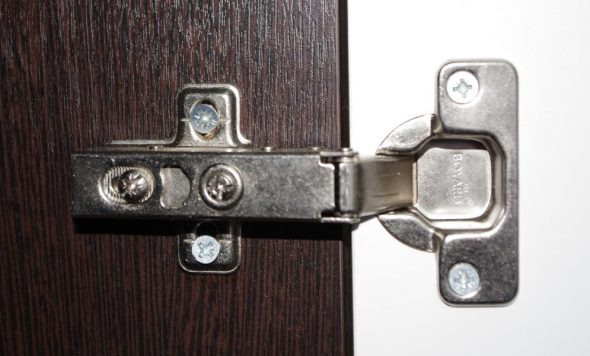
One of the easiest to install is gas closers, they are simply inserted into the loop.
Take a screwdriver, carefully tighten the screws securing the spring of the closer and the screws securing the hinges or the door. Due to the force of tightening the screw on the spring, the activity of the mechanism is modified. Bolts on the body can be adjusted to close the density of the cabinet door.
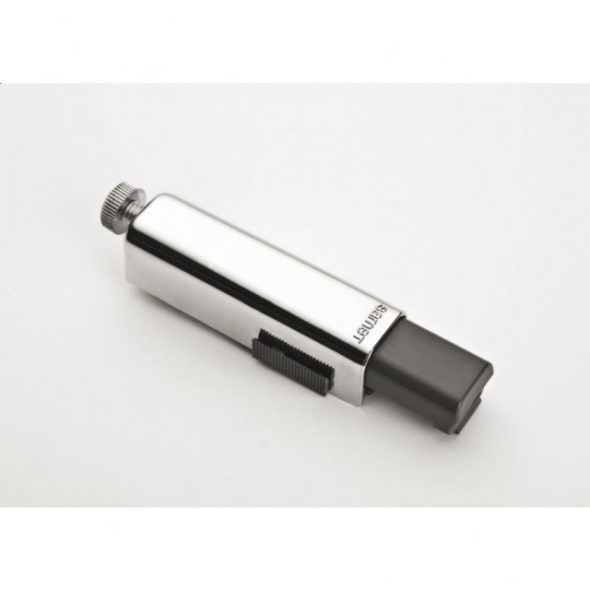
Installation of closers for kitchen cabinets depends on the design of fittings.
One of the easiest to install is gas closers, they are simply inserted into the loop.Upon completion of the hinge fastener, the closer is installed in a special hole until it clicks and the mechanism is ready for operation.
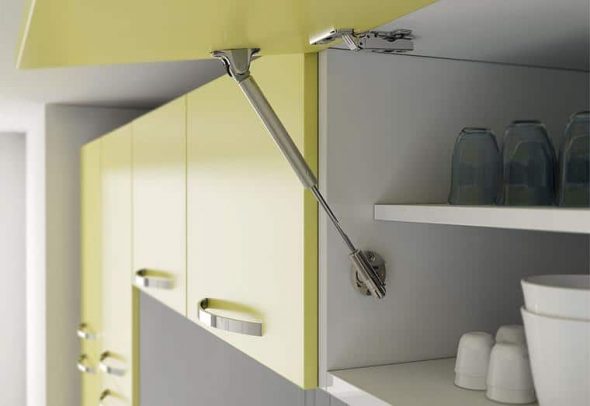
Due to the force of tightening the screw on the spring, the activity of the mechanism is modified.
Do not loosen the adjusting screws to the end. This can cause the oil to run out, damaging the furniture and the work of the door closer.
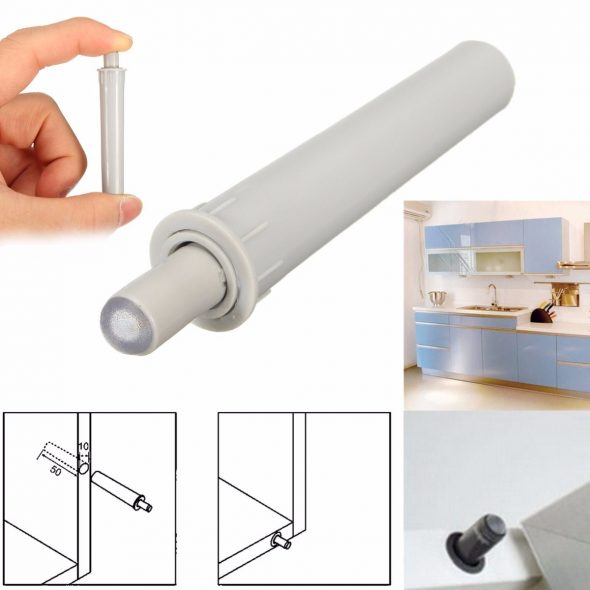
It is much easier to install a mechanism that is mounted on screws to the inner wall of the cabinet or one of the shelves.
Although the mechanism of the closer is arranged without any special difficulties, in the event of a malfunction it is easier to replace it with a new one, or call the master.
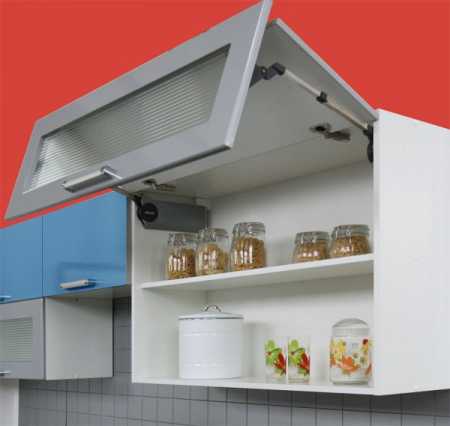
Upon completion of installation, the door closer needs adjustment.
If the hardware starts to creak, you need to tighten all the screws on the hinges. The loops are periodically lubricated, all mechanisms are cleaned of contamination with soft napkins and soap and water. It is forbidden to clean the mechanism of the door closer with soda, any other coarse means of cleaning.

If the box is narrow (width up to ninety centimeters) one-sided installation is possible.
Pay special attention to the assembly and care of closers for kitchen cabinets. Regardless of all its advantages, the work will be of poor quality if the mechanism is installed incorrectly.
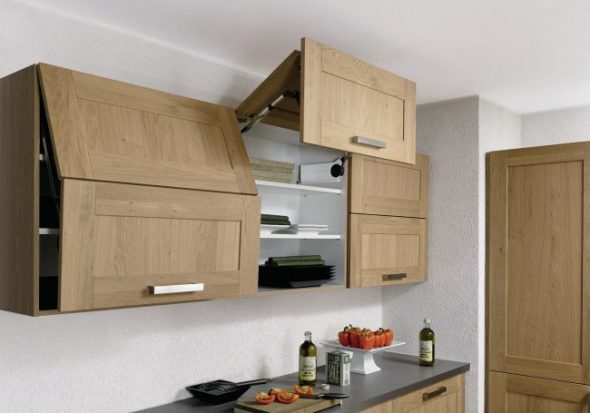
Fastening hardware on sliding kitchen drawers is more difficult, since they have a different design.
The mechanism will be true for a long time and bring you comfort if it is made of quality material and will receive proper care.
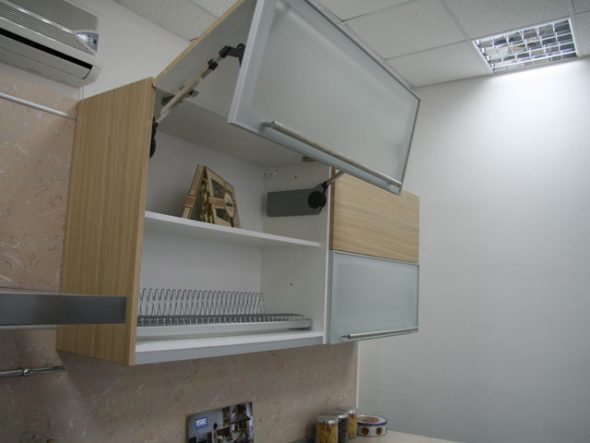
Before installing it is worth checking that there is a free space under the slats of two millimeters.
VIDEO:Closers of closing facades in the kitchen
 How to give a second life to old items? We do the restoration of furniture with their own hands
How to give a second life to old items? We do the restoration of furniture with their own hands
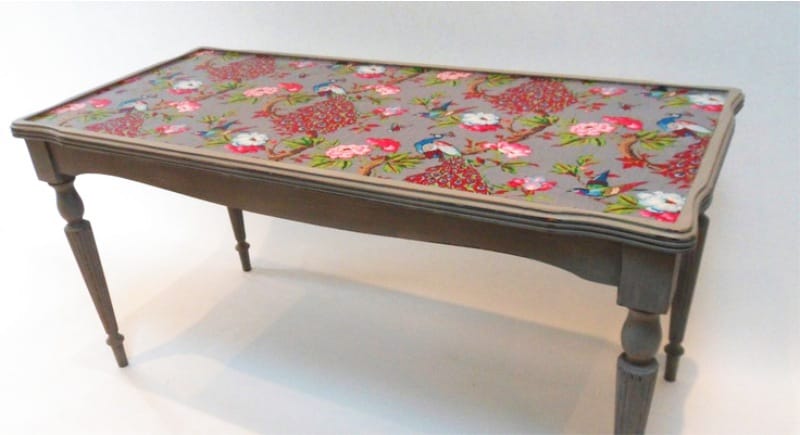 Doing decoupage kitchen table do it yourself
Doing decoupage kitchen table do it yourself
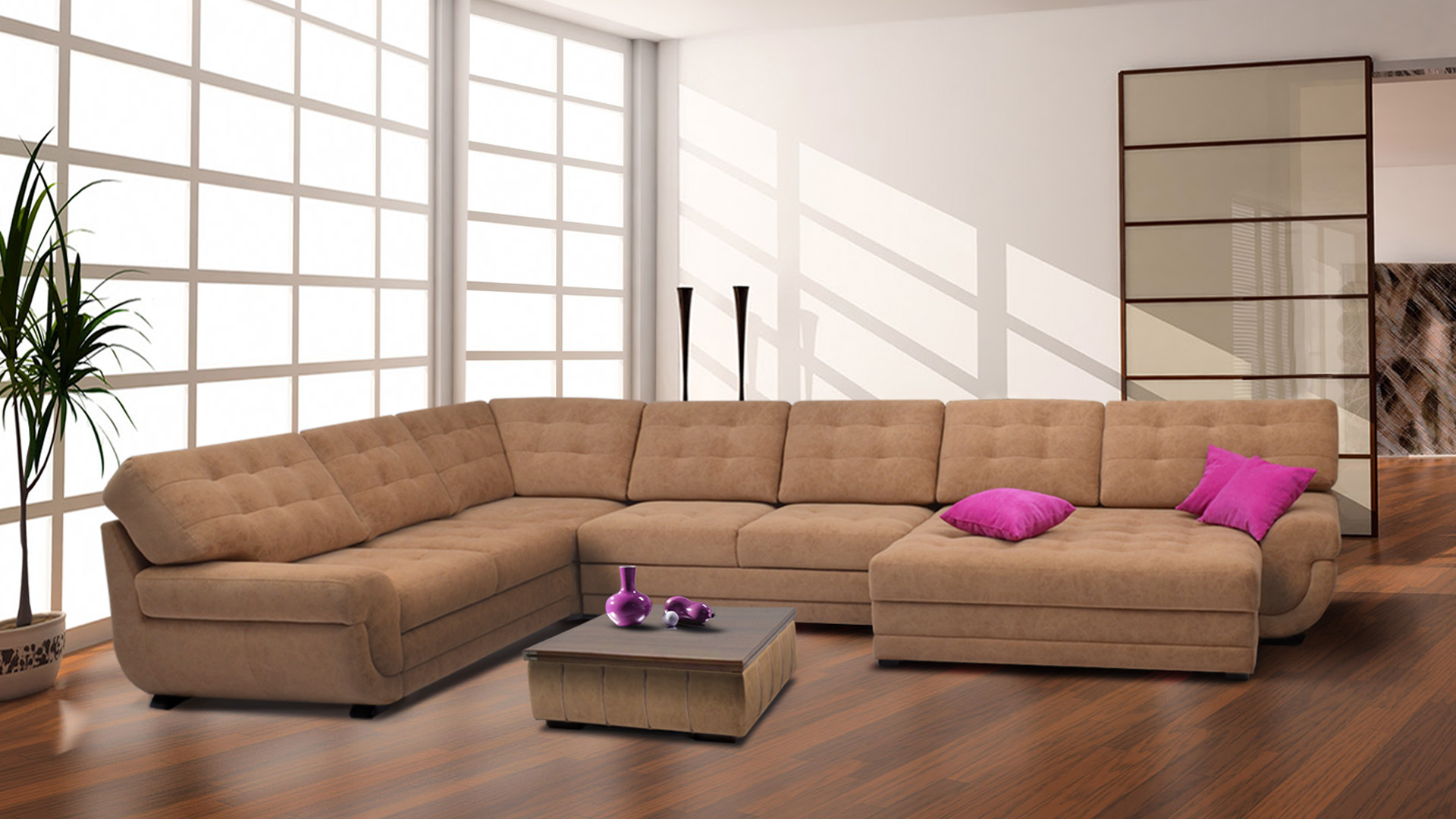 What is artificial suede and what are its features.
What is artificial suede and what are its features.
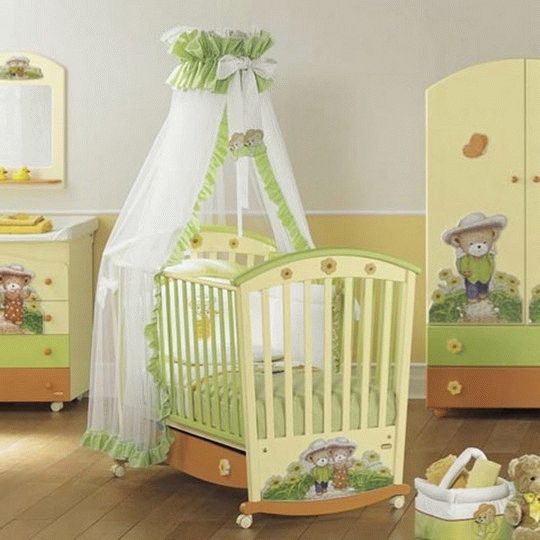 How to attach the canopy to the crib
How to attach the canopy to the crib
 Keyboard with your own hands: from idea to realization
Keyboard with your own hands: from idea to realization
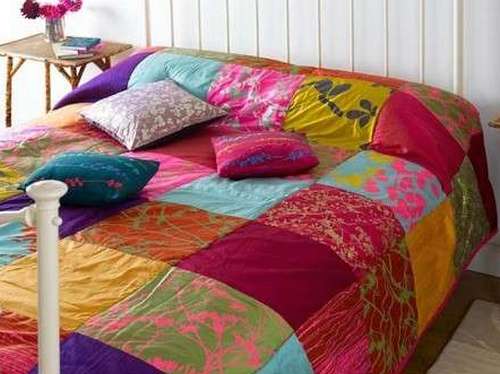 How to sew a beautiful and comfortable bedspread with your own hands
How to sew a beautiful and comfortable bedspread with your own hands
 An overview of bed accessories: types, materials and functionality29
An overview of bed accessories: types, materials and functionality29
 The current trend of IKEA - wardrobe-bed transformer21
The current trend of IKEA - wardrobe-bed transformer21
 Safe sleep with a side for a children's bed from Ikea16
Safe sleep with a side for a children's bed from Ikea16
 What to choose: the orthopedic basis for a bed or flat continuous?13
What to choose: the orthopedic basis for a bed or flat continuous?13
 Lifting bed with sofa: advantages and disadvantages8
Lifting bed with sofa: advantages and disadvantages8

